Culture, Social life, and Sociocultural systems - Part 5: Culture includes everything - Final
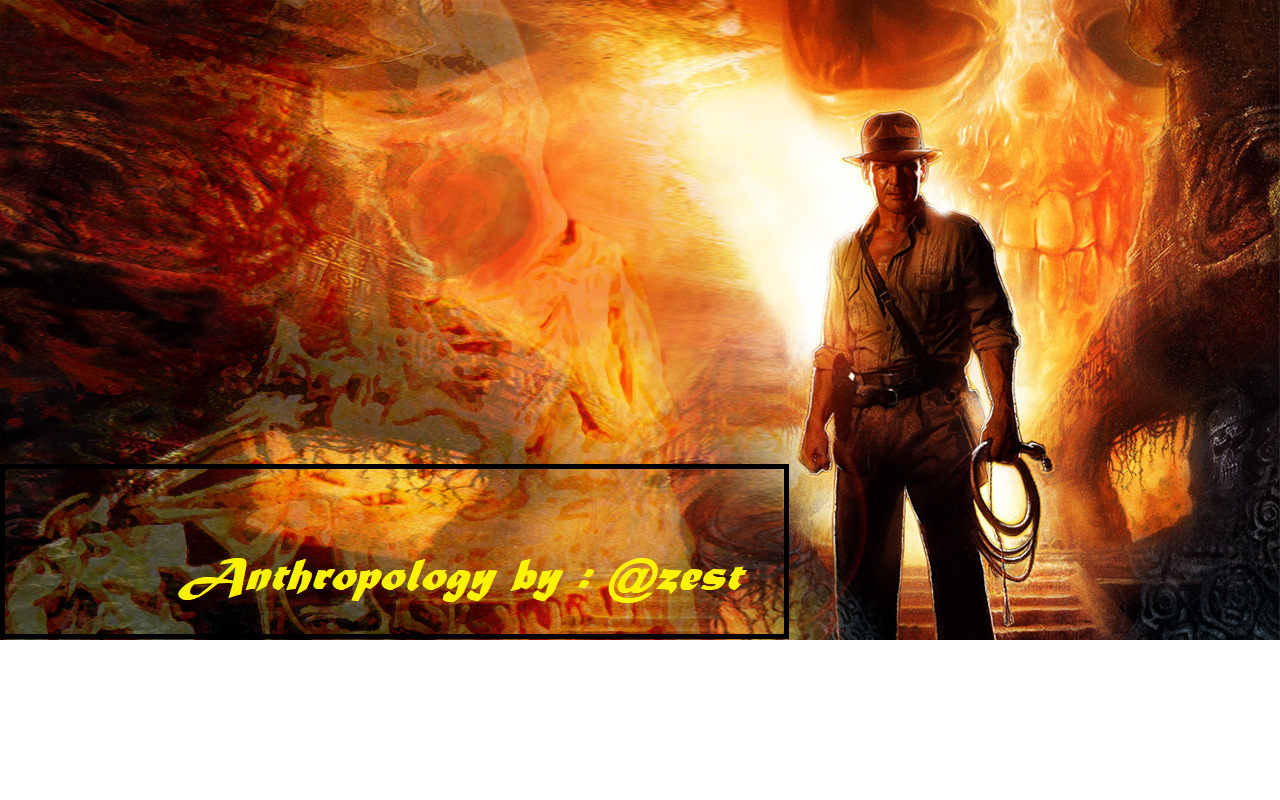
Culture, Social life, and Sociocultural systems - Part 5: Culture includes everything - Final
Culture includes everything
We have already understood that culture includes all aspects of human activity. The concept of culture encompasses thus so-called refined culture, "popular" culture, conventional behaviour and seemingly trivial behaviour, all human activities and endeavours.
Culture is Symbolic
The most important symbolic feature of culture is language. Human beings use words, to represent ideas, concepts and objects to convey meaning. Language, as symbols, makes learning and sharing experience possible and it also enables humans to transmit or convey information - sociocultural system - from generation to generation.
Symbols are signs, sounds, objects or anything to which meaning is attached. As long as people agree on their meaning, symbols have significance and can be communicated. Symbols, other than language, play a role in most aspects of a socioculture. A symbol might be:
- a national flag
- a wedding ring
- the emblem of a national sports team
- a religious symbol
- a political insignia
More often than not, such symbols evoke emotions, fervour, patriotism or devotion.
Culture is intergrated
We have already covered that culture consists of different "parts" or sociocultural systems that function together as an organised whole. The anthropological perspective endeavours to perceive the way of life, or culture, of a community as a totality, that is, all of its cultural activities - this approach, is known as holism. Thus the various aspects or systems of culture do not function in isolation, but are intergrated or interdependent.
An example of the integration of culture is the harvest feast (incwala) celebrated by the Swazi:
- The incwala is primarily a dramatic performance of rituals dedicated to the ancestral spirits in order to strengthen the position of the king. The ancestral spirits are related to the Swazi's religious system and the office of the king to the political system. The rituals therefore link the two.
- The initiative for arranging the incwala is taken by the Dlamini clan of which the king is a member. A clan is a kinship unit that forms part of a society's kinship system. Kinship is thus linked to a society's political system.
- The link between the military and the office of the king is strengthened by the involvement of all the most important regiments during the incwala rituals.
- The feast links the economic systems to both the military and the political system, because the regiments are ordered by the king to weed his mother's lands (which are part of the economic system). Large quantities of beer and meat are consumed during the feast and this, too, strengthens the links between the economic and the political aspects of Swazi society.
- The precautions for the incwala feast involve everybody in the Swazi society. Everybody goes out into veld to collect the ritual necessities for the feast. Any stranger who crosses their path during this mission is fined. This, of course, means that the judicial system is part of the feast.
- The robe of office worn by the king and the costumes and clothes worn by other people all form part of Swazi society's material culture.
- The songs which are sung and the dances performed are interspersed with symbolic ritual - in other words, the creative aspect of Swazi society is directly linked to the office of the king.
From the above it is clear that the political aspect or system of the Swazi with the office of the king as cultural focal point, forms the basis for the integration with the other aspects of their sociocultural system.
Culture is Dynamic
Although some sociocultural systems or cultures are certainly conservative - in the sense of resisting change - all cultures are dynamic and are, to a lesser or greater extent, changing all the time.
Parents and grandparents often tell their children and grandchildren how "times have changed" and how different "things" were when they were young. When we go back to the place where we were born or where we grew up, we can indeed see that changes have occurred. The fact of the matter is that change is constant. Sociocultural change is universal - it occurs everywhere, all the time. And those few things that do appear to stay are, in fact, also changing (albeit very slowly).
That said, sociocultural continuity is as much a characteristic of culture as sociocultural change. Communities strive to preserve and maintain the tried and trusted, the familiar sociocultural patterns. Indeed, conservatism can be said to be an inherent human trait, and this trait is reflected in sociocultural systems everywhere.
Nowadays, change is often the result of influences from beyond the community or society. Furthermore, as well all know, the pace of change has greatly accelerated. Although individuals and groups may still be inventive or innovative, today change is often precipitated by external contacts or influences.
Given the environmental changes, both physical and sociocultural, that have been part of human experience since prehistoric times, humans have had to initiate sociocultural change or have had to accept and adapt to change in order to survive, that is human agency by way of individual initiative or action always plays a role.
As contact between people with different sociocultural systems has increased (as a result of travel or tourism [direct contact], or through the electronic and other media, including the internet [indirect contact]), so has the pace of change. People follow or respond to trends or fashions and to the ways other people do things. New ideas, values or behaviour may be adopted - or explicitly rejected.
Sociocultural change can, of course, be as gradual and slight as to be unnoticeable. In some of the remote rural areas of the world, people may be unaware of the change, even though change has touched every corner of the globe - hence the term "globalisation". Change can often be sudden, even dramatic. Take, for example, the widespread and far-reaching changes which resulted from the event that is now referred to as "9/11". Or that caused by the Tsunami in the Indian Ocean in 2004. Or the impact of the devastating earthquakes in Haiti in 2010.
Anthropologists have always been interested in the relationship or interaction between the individual and the "system" - and the system can be "culture" or the "sociocultural system" or the "community" or "society". To a greater or lesser extent, individuals, as part of a community and culture, are always constrained by its rules, norms or accepted patterns of behaviour - and also by the perceptions, attitudes and actions of other members of the same group. Although sociocultural rules provide guidelines and set certain standards for behaviour, individuals do not always behave or act according to such dictates. Human agency comes into play. In other words, human beings are not passive beings who always act blindly according to the requirements of the system. And individuals are not programmed robots; they learn, interpret, perceive and even manipulate the rules in certain ways - and often to suit their own interests.
If a significant number of individuals no longer find aspects of their system or culture acceptable - because, for example, it has not sufficiently adapted to changing circumstances or has become oppressive, they will initiate, or try to bring about, change. An influential leader may come to the fore who mobilises, organises and directs their sentiments into action. In extreme cases this may take the form of an uprising or even a revolution, but it can at least become a movement for change - anthropologists often refer to these changes as "cultural adjustment" or "revitalisation movements" in other words, human agency in action.
The End
Thank you for reading.
Images are linked to their sources in their description and references are stated below.
Authors and Text Titles
Nanda & Warms 2004: Cultural Anthropology
Pelto & Pelto 1997: Studying knowledge, culture and behavior in applied medical anthropology
Sir Edward Tylor 1958: Primitive Culture
Eriksen 2004: What is Anthropology
Aceves, JB & King 1979: Introduction to Anthropology
WA Haviland 2008: Anthropology: The Human Challenge 12th Edition
C Delaney 2004: Investigating Culture
Beattie, J 1964: Other cultures


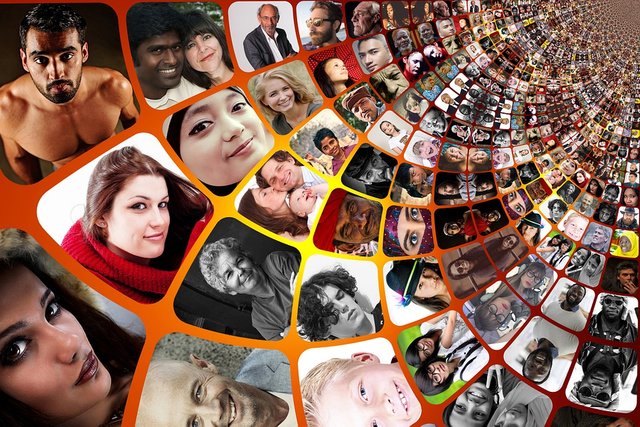


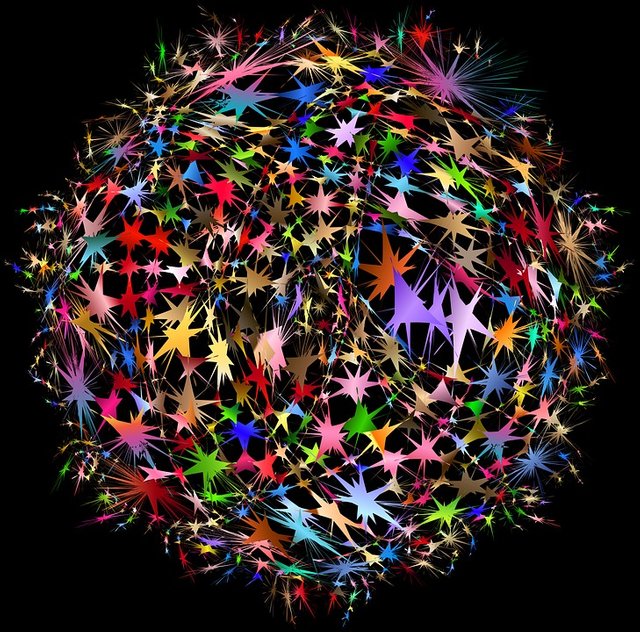


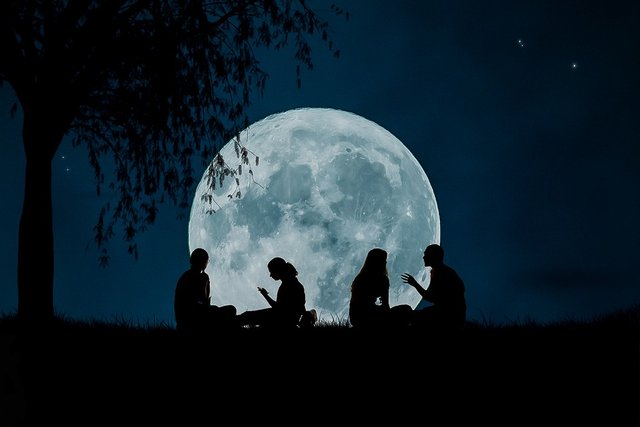

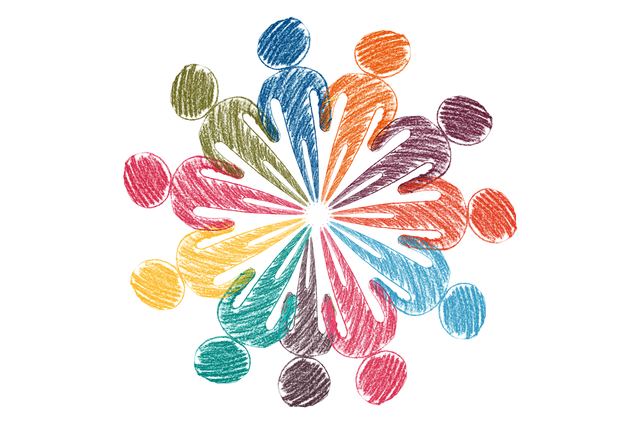
Well done zest for this write up on culture.
However, I believe cultures nowadays are dictated largely by technology. A lot of cultural practices are being lost to technological advancement or properly put, modernization.
Cultural exchanges is another issue. The world is now a global place. Foreign cultural practices are being adopted almost everywhere. I wish I could say more on this, but I have to stop here.
Yo my buddy!!!
You absolutely right, but as much as it getting lost there is a large percentage of our cultures that are actually changing to accommodate the ever advancing world of technology.
Let us hope that we will be able to one day sit down with our grandkids and discuss how we met via Steemit a new society with a new culture:)
yea...that would be awesome though :)
I totally agree with you that culture is dynamic. On a very humorous note buddy; technology is also dynamic. Would I be right to infer that culture and technology are interrelated?
Nice piece buddy
Yo sammy:)
That would describe you interests perfect mister bionic man :)
Thank you for the comment Sammy!!!!
Welcome buddy.
I have interest in history too. But that's because of my mum though :D
thank you, i enjoyed seeing that image on intergration of culture..have now come to notice that culture includes everything in the enviroment which is not in the form originally given it by nature.
I am glad you enjoyed it, Thank you for the comment:)
Good post @zest In a way I was dealing with this topic for a while. It's sad how some people in Mexico are telling to others -you don't have a culture- or -you are uncultured- just because that people are poor and didn't went to school, like if have a culture is equal to just have a high education.
Thank you for the comment and supprt @lamexicana:)
very interesting, for me culture will never escape from human life, any sophisticated world this culture will still exist in every human being @zest
Thank you for the comment:)
Therefore "Culture is Dynamic" :)
Yes, thank you 😀😀😀😀😀😀😀
I would say that a culture which is not dynamic ultimately dies out or remains backward in the race to glory.
A lot of cultures have unfortunately disappeared over time.
And ....
I agree:)
Thank you for the comment:)
Almost all the images seem to be pointing to an erroneous same source.
Greetings from a far-off land!
Greetings, I am not too sure what you actually mean:)
But all images are from pixabay if that helps otherwise they are linked to their source.
Thank you for the comment and support:)
I mean no harm, but this is the right way to credit Pixabay:
Source:Pixabay
Can you notice the diffence?
You don't to hyperlink a pixabay image back to its' source, as long as you state it is from pixabay, it is fine as the images are free of copyright and can be used free of crediting its original source. But thank you for being kind enough to show me :)
This is not even supposed to be a subject for debate. As long as an image is free for use, credit or no credit should not be an issue. just find a place to squeeze-in that they are free somewhere in the write-up. No rigid rule
Awesome post once again :)
Thank you so much:)
Good explaination and thank you of that.
Thank you for taking the time to read:)
this paper adds to my understanding. thank's!
It was a pleasure to write, thank you:)